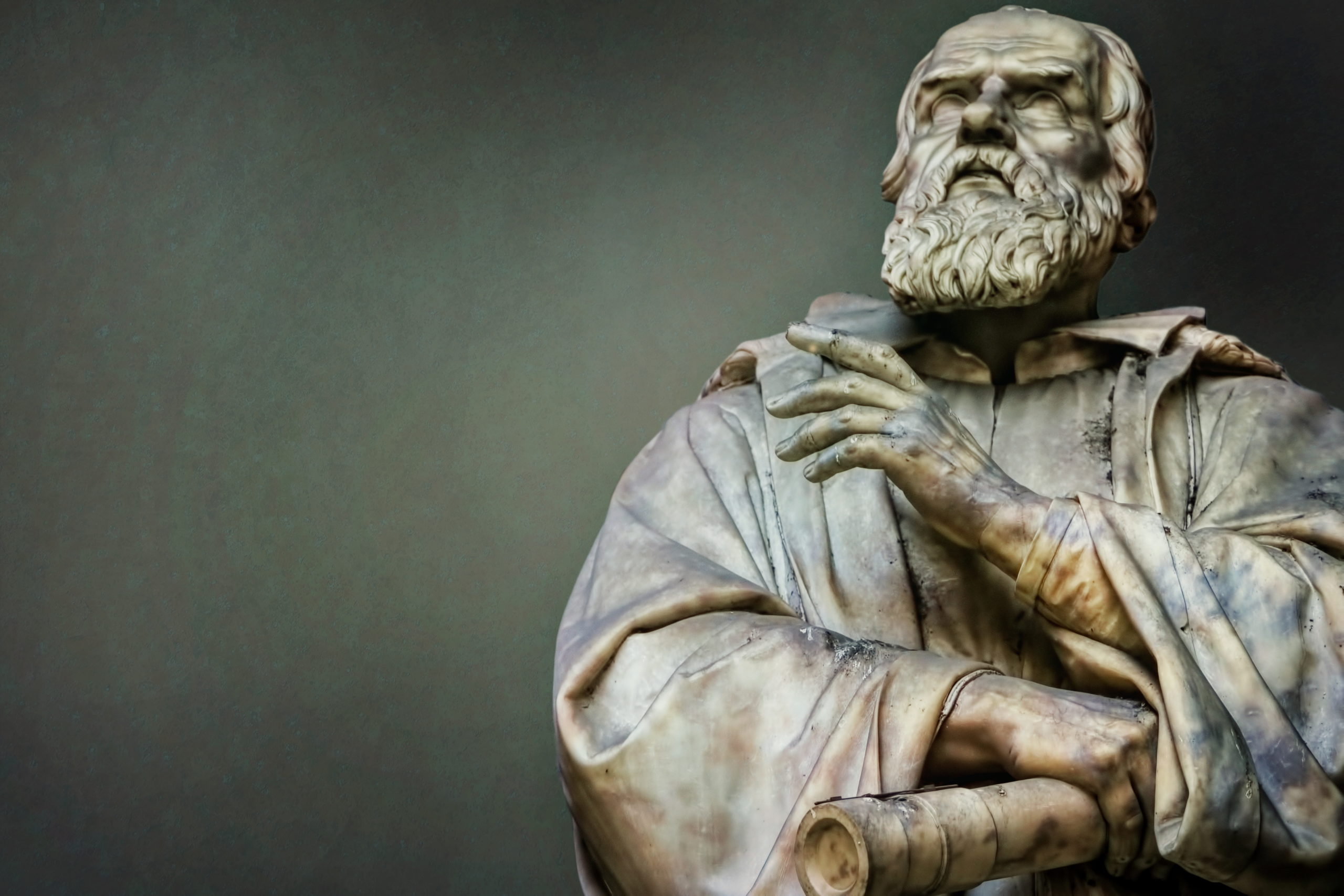Shedding the Galileo Complex
A Review of John Lennox's God's Undertaker Original ArticleGod’s Undertaker: Has Science Buried God?
By John Lennox
Lion Hudson, 192 pages, $14.99
A friend recently put it to me that the Church has a Galileo Complex. Terrified by the historical narrative of the Church’s resistance to and persecution of science, Christians are averse to challenging “scientific” claims. “Complex” is an apt description, too: a group of unconscious impressions, not a well-thought argument.
Correcting this historical picture — the Galileo story in particular — is one of the great virtues of John Lennox’s God’s Undertaker: Has Science Buried God? The very notion of a science-religion conflict is largely the invention of a few prominent (though now discredited) 19th-century historians. Galileo’s persecution is the linchpin of this tale.
In reality, Galileo — a believer in God and the Bible — received the support of many Jesuits and the disapprobation of many secular Aristotelians, who aroused clerical hostility. Galileo — whom the Church never tortured, whatever conspiracy theorists say — lacked diplomacy and seemed to provoke beyond necessity. It is a nuanced tale, hardly confirming the “conflict thesis.”
Having bulldozed pop history, Lennox erects a thesis: The universe and our earthly habitat in particular are designed. Design, he argues (with ample supporting evidence), best explains the extremely fine-tuned laws of physics that allow for life, the existence of something rather than nothing, and the universe’s comprehensible, rational, mathematical structure. And theism, says Lennox, gives these phenomena “a consistent and reasonable justification whereas naturalism seems powerless to do so.”
This Oxford mathematician and philosopher then dares enter biology (prompting shivers among the Complex-afflicted), asking: First, is Darwinism compatible with theism? Second, is Darwinism true?
To the first question, Lennox answers yes. He sees no conflict. However, his reasoning is less than compelling. Contra Lennox, the Darwinian mechanism is not analogous to laws like gravity with a rational orderliness, reliably directing things toward ends. Natural selection just means things die at different rates; there is no goal or direction. Guided evolution is certainly compatible with a robust theism, but the blind, unguided Darwinian mechanism is not.
On the second question, however, Lennox delivers. Utilizing mainstream scientific research in paleontology, biology, and chemistry, Lennox disassembles Darwinism and thus makes the compatibility question irrelevant. Why waste time reconciling a false theory with true theology?
Lennox thinks biology is important territory, since materialists like Richard Dawkins are claiming it for anti-theological purposes. In a far-reaching synthesis of information theory, mathematics, and molecular biology, Lennox develops a cogent, evidence-based case for design at the very center of life: DNA.
Following scholars Stephen Meyer and William Dembski, Lennox argues that blind, Darwinian mutation and selection are unable to generate genetic information. DNA exhibits what information theorists call “specified complexity.” Scattered Scrabble letters are complex. However, only when arranged into meaningful words do they exhibit specified complexity. DNA’s billions of chemical characters are complex, and are specified to build functioning proteins.
In our experience, specified complexity (or information) always originates in a mind. Whether seen in computer software, written language, or artifacts, scientists always attribute specified complexity to mind — except, in what Lennox calls a “glaring inconsistency,” in DNA.
“Inferences to intelligent agency are made as a matter of routine in disciplines such as archaeology, cryptography, computer science and forensic medicine,” he explains. “Why, then, the furore when some scientists claim that there is scientific evidence of intelligent causation in physics (small furore) or biology (large furore)? There is surely no difference in principle. Is the scientific method not applicable everywhere?”
Design, then, is the best explanation for information-rich DNA: “The existence of complex specified information, therefore, provides a substantial challenge to the notion that unguided natural processes can account for life and makes scientifically plausible the suggestion that an intelligent source was responsible.”
In this one deft move, Lennox reverses the materialists’ conclusion: Science, far from burying God, finds Mind central to all of life, irreducible. To quote an unwitting Dawkins, “What lies at the heart of every living thing . . . is information.”
Science is finding that “information and intelligence are fundamental to the existence of the universe and life and, far from being the end products of an unguided natural process starting with energy and matter, they were involved from the very beginning.”
Challengers take note: This is not a “God of the gaps” argument; scientific advance found informational properties, not gaps, that require explanation. A real gaps argument says “‘evolution did it’ when one has not got the faintest idea how.”
Lennox’s Darwinian flambé and design advocacy is so compelling that getting his first question wrong hardly matters. God’s Undertaker may, in fact, persuade all the more because the author sees no conflict between intelligent agency and the Darwinian mechanism.
Unlike many Christian intellectuals only willing to countenance design at the universe’s beginning, Lennox sees a seamless thread of design from the Big Bang to present-day organisms. His worldview is all the more plausible for this unified integrity.
Armed with such a fine introduction to design — perhaps the best to date — will the Church at last shed the Galileo Complex?
Logan Paul Gage is a policy analyst with Discovery Institute in Washington, D.C.
